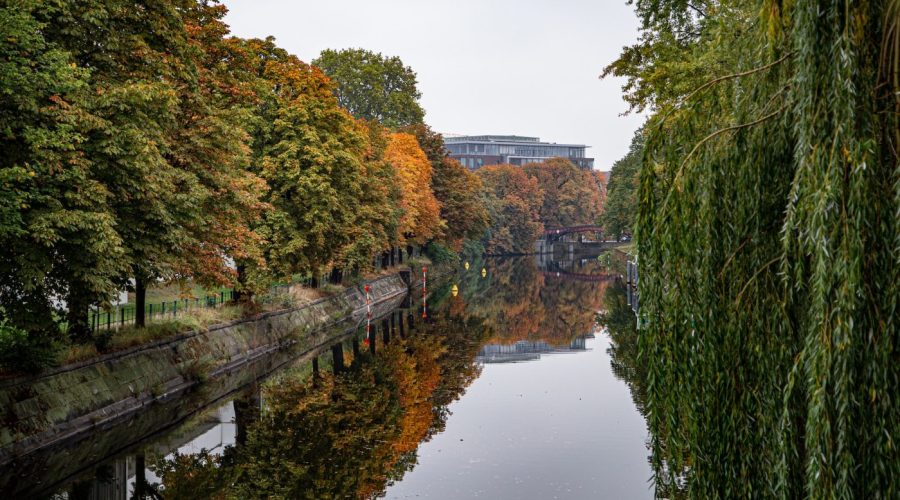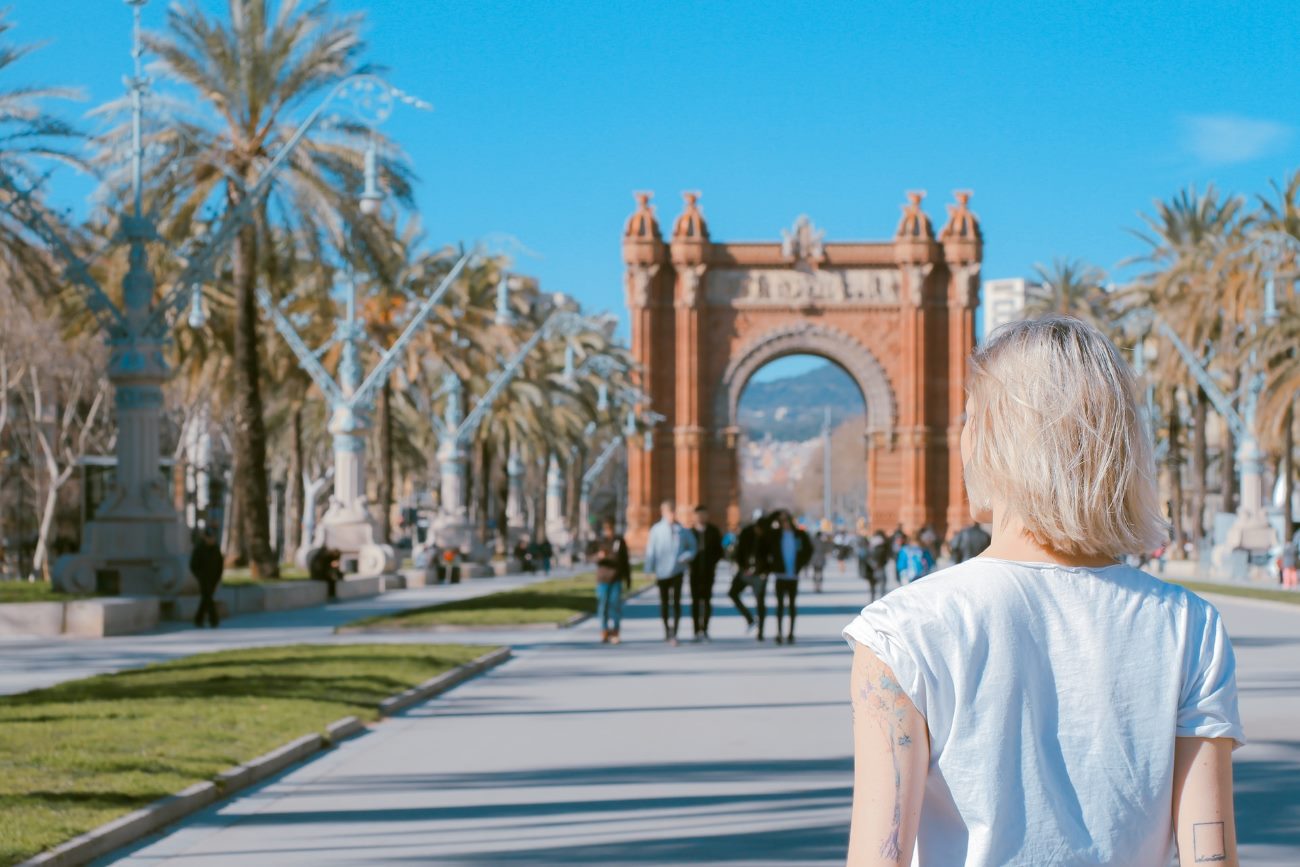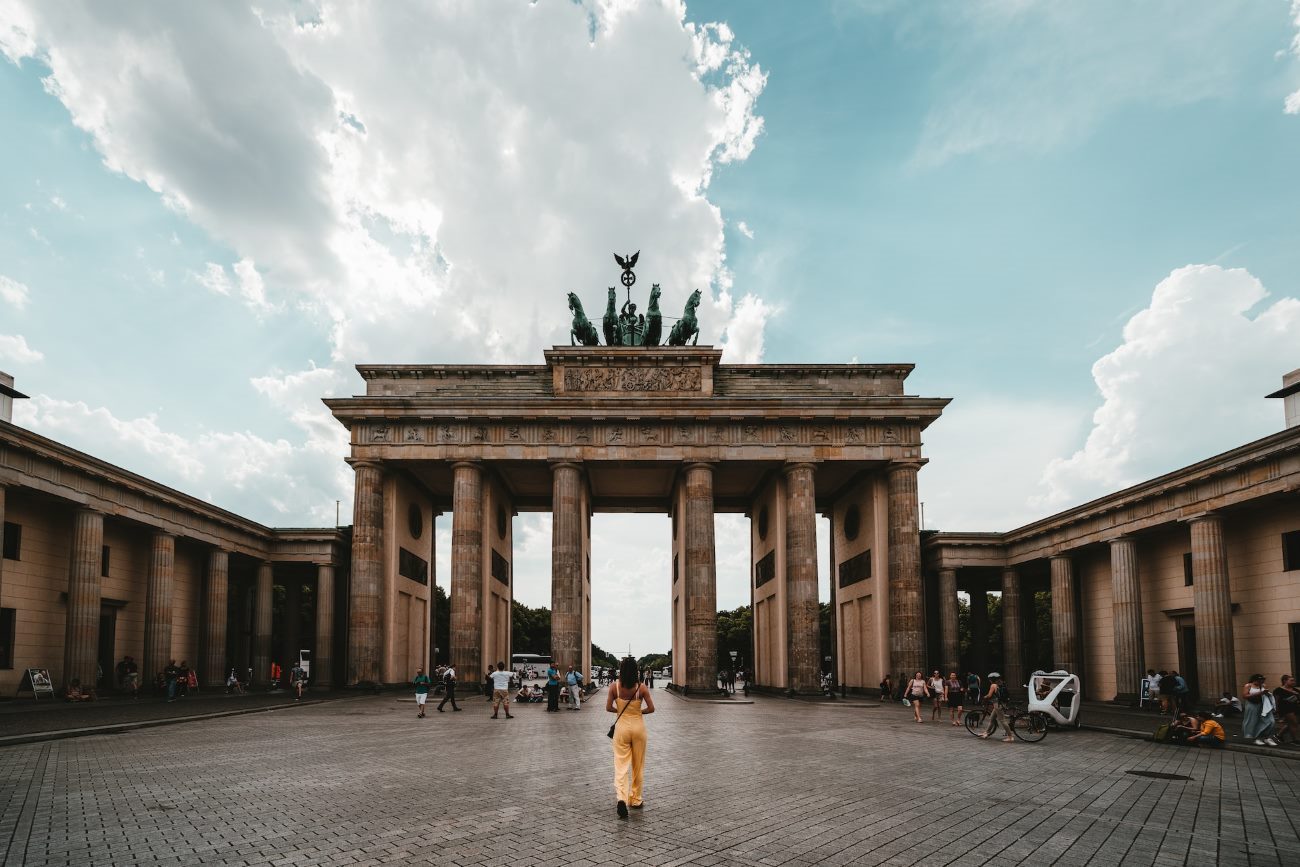Why is the Schinkel Pavilion in Berlin, Germany a Must-Visit Architectural Gem?
If you find yourself in Berlin, Germany and you appreciate architecture in masterpieces the Schinkel Pavilion is a must-see at all costs. This lovely, picturesque building sitting in the heart of Berlin is an extraordinary experience for art lovers, history fans and all those interested in culture in Berlin. Let us take a closer look into the interesting facts about the Schinkel Pavilion and why it is so important.
The Architectural Marvel of the Schinkel Pavilion
The Schinkel Pavilion or Altes Museum is a neoclassical architectural masterpiece designed by famous architect Karl Friedrich Schinkel. Done between 1823 and 1830, this stunning construction skillfully combines classical Greek kind of design with modern design points, making it quite a wonder of the time.
The exterior of the Schinkel Pavilion is provided with monumental colonnades and beautiful sculptures demonstrating the Neoclassicism of the building. Upon entering, you will be welcomed by a wonderful central hall with an impressive height ceiling and grandly decked walls. The grand halls accommodate an impressive range of art and historical objects, giving the opportunity of a beyond time experience that.
An Art Lover’s Paradise
The Schinkel Pavilion houses a grand variety of artworks of different ages and styles. From ancient Egyptian artifacts to the treasures of the Renaissance, the museum boast an extensive diversity of masterpieces that will be a treat to all art connoisseurs.
One of the main points of interest of the Schinkel Pavilion is the classical sculptures collection. Admire the intricate details and lifelike representations of Greek and Roman gods, as well as renowned figures from history. Every sculpture takes the viewer on a little journey of story-telling and gives a glimpse of the centuries old art and skill.
A Journey Through History
Stepping into the Schinkel Pavilion is to travel through time. With an outstanding array of historical artifacts on display, the Museum gives visitors an insight into the rich cultural heritage of Berlin and also beyond.
For those interested in the past, the museum provides a unique chance to enter the ancient Egypt. Marvel at the intricacies of Egyptian art and gain insights into the fascinating beliefs and traditions of this ancient civilization. From sarcophagi to fine jewelry, the Schinkel Pavilion collection provides an authentic lookback into the past.
Practical Information for Visitors
If you are looking forward to visiting Schinkel Pavilion, here are a few travel information to make you trip planning easier:
- Address: Schinkel Pavilion is situated in Berlin, Germany at Lustgarten 1, 10178 Berlin.
- Opening Hours: The museum is open Tuesday thru Sunday from 10:00 am to 6:00 am.
- Tickets: Admission prices vary. Therefore, it is best to check the official website for the latest info.
- Guided Tours: The museum also repsonds for guided tours, which helps to visitors to have a more in-depth knowledge about the collection and its history.
Conclusion
The Schinkel Pavilion is not simply a museum it’s an architectural gem that honored anticies and the cultural wealth of Berlin. Whether you are an art, history of a curious mind for the neoclassical architecture, a visit to the pavilion Schinkel will leave you in awe.
Step into the beauty & magnificence of Schinkel Pavilion. Visit with the grand selection of artwork and historical items and allow yourself to be time-traveling. Berlins Kulturseen ist dieses außergewöhnliche Denkmal aufgeschlossen und euer Besuch gewiss unvergesslich.
Table of Contents



